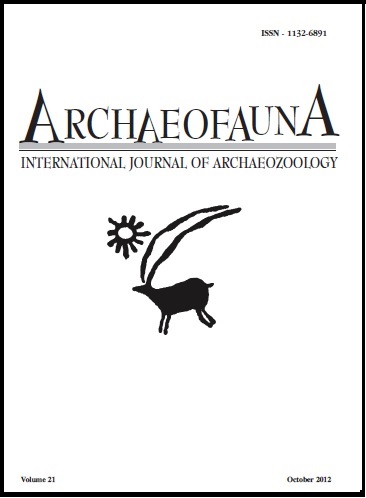Keywords:
Rupicapra, Pleistocene, Holocene, Central-Sothern Italy, PaleobiogeographyAbstract
Comparisons of a morphological, eco-ethological and palaeontological nature conducted several decades ago enabled the recognition of two distinct species of chamois: the Alpine chamois, Rupicapra rupicapra, and that of the Pyrenees, Rupicapra pyrenaica, which has survived up to the present in Italy only within the boundaries of the Abruzzo National Park in the variety of the subspecies Rupicapra pyrenaica ornata. However, at a distance of more than twenty years, many archaeozoological and palaeontological studies conducted on osteological materials from central-southern Italy appear to ignore these results, frequently indicating the finds with a generic Rupicapra sp., when they do not actually make reference to the Alpine chamois. The Apennine chamois, R. pyrenaica ornata, therefore has to be considered as a subspecies exclusive to the Italian peninsula, at least judging from the data available for the less recent chronologies of the Holocene, although recently-formulated hypotheses favour the non-indigenous origin of the present Abruzzi population of chamois.

